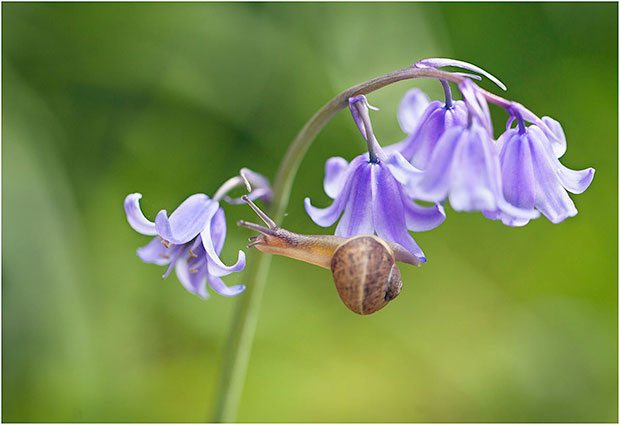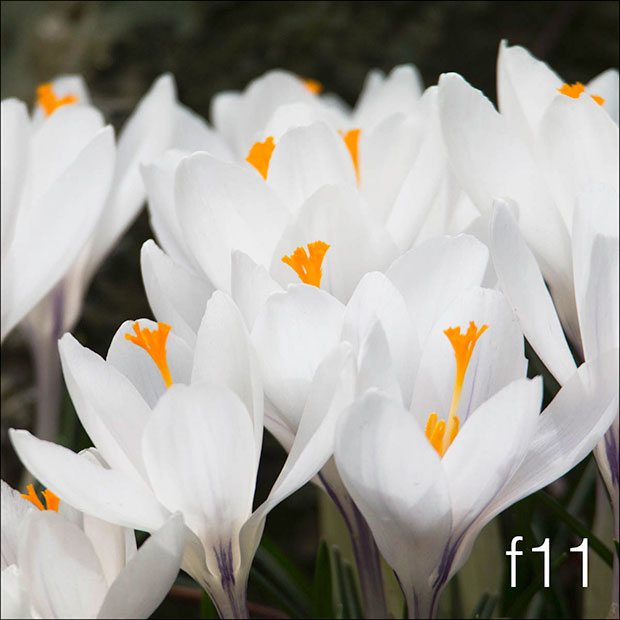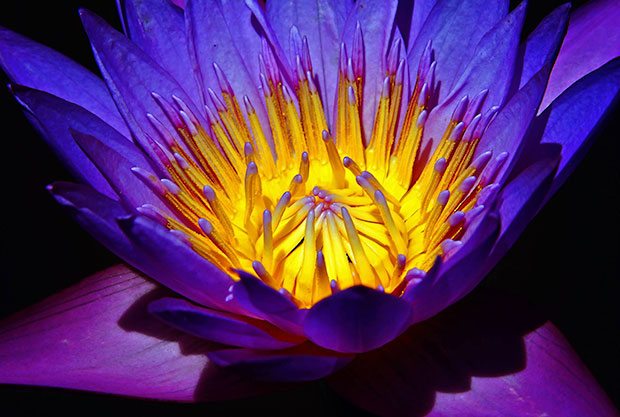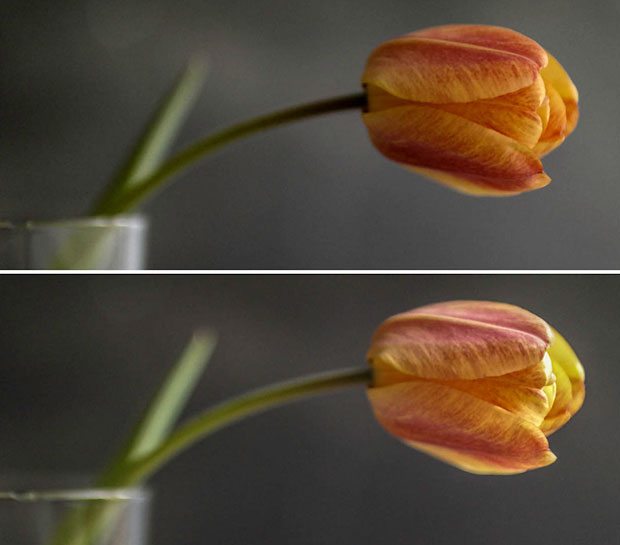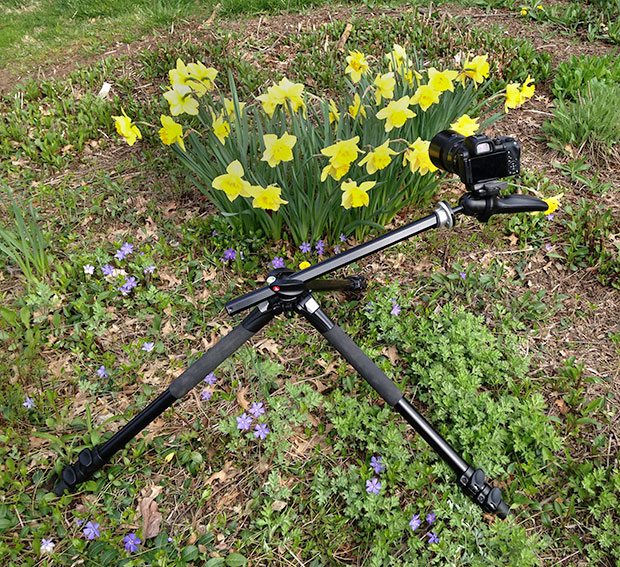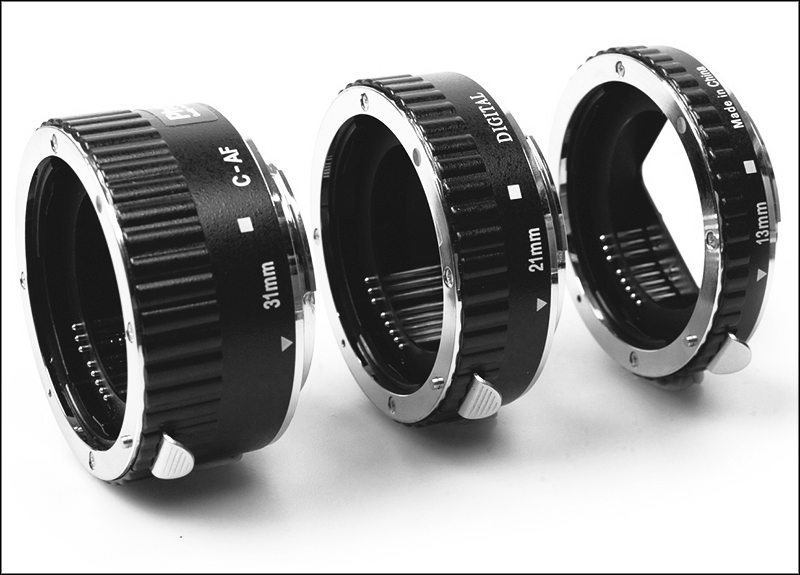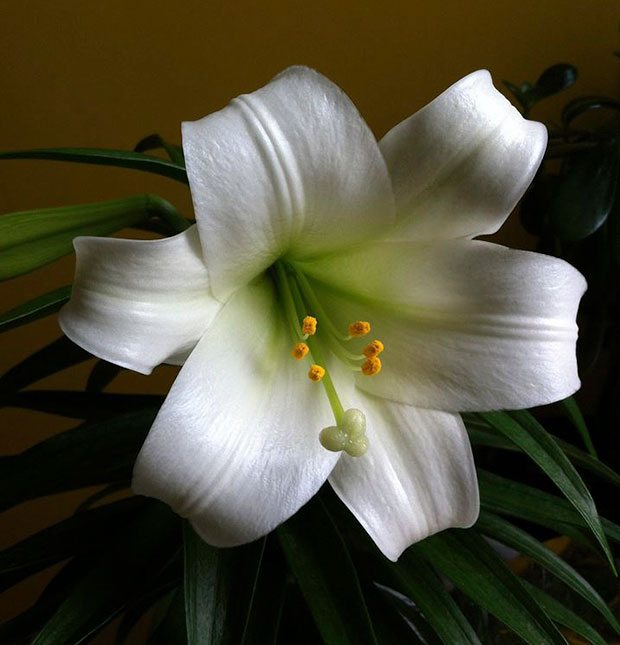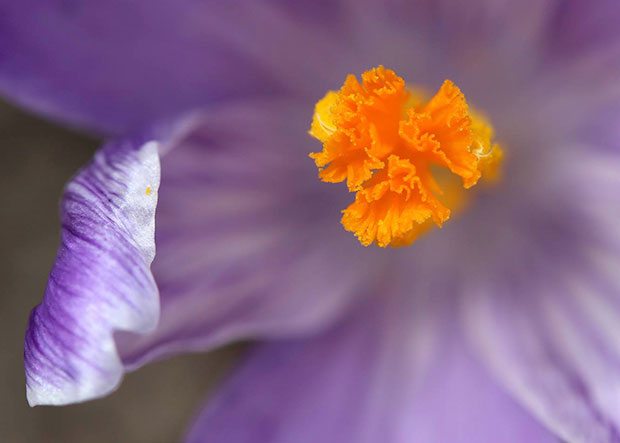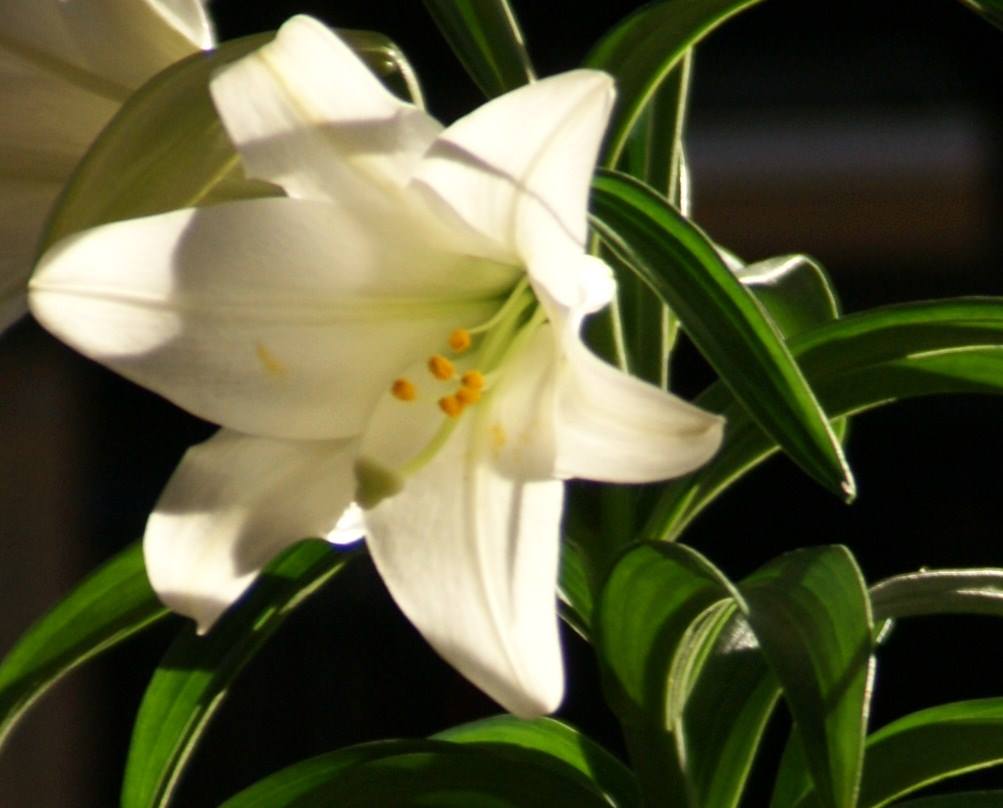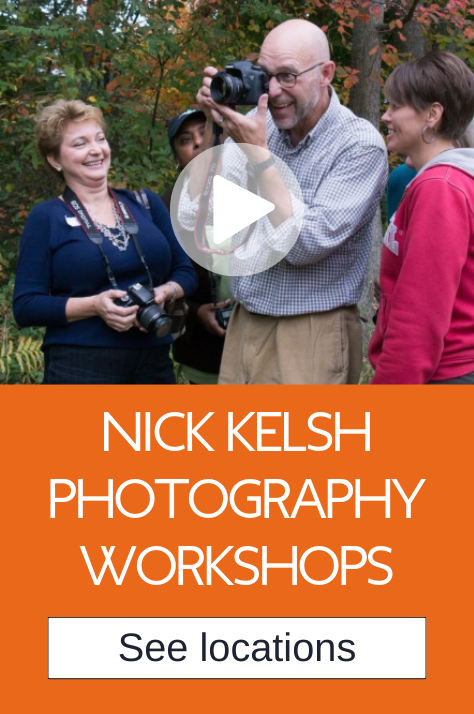Our photographic celebration of life itself continues with Part Two of How to Photograph Flowers. If you missed Part One, you can find it here.
Again, I’ve used many of the photographs you folks posted on our Facebook page as examples – thank you for your talents and inspiration!
11. KEEP YOUR EYES OPEN FOR CREATURES
photo by Elisa Voros
The symbiotic relationship between plants and animals is downright spiritual. But if you think photographing flowers by themselves can be difficult then wait until you ask a snail or even worse, a hummingbird to stick around for a few more frames.
12. CLOSE YOUR APERTURE (MORE THAN YOU THINK)
Even at a relatively small aperture like F11, backgrounds will still be pleasingly out of focus if you are close enough to the subject. Photo by Nick Kelsh.
The closer you get to a flower the more shallow your depth of field becomes. In other words, if you fill the frame of the flower head and you focus on the tip of one petal, the rest of the flower may be more out of focus than you would like. Generally, for most non-flower subjects, I always tell people to use the largest aperture they have if they want to put the background out of focus and having the background out of focus in your flower photographs can be wonderful. But when you get that close to a subject you may still be able to use F8 or F11 and have an out of focus background. Experimentation is required, but photographing flowers is a great way to come to grips with how f-stops and focal length and distance to subject all do their little dance and create out of focus or not so out of focus backgrounds.
13. USING AN EXTERNAL ELECTRONIC FLASH
photo by Stacy Simmering
If you own an external flash and have an extension cable for it you can produce some wonderful lighting effects not found in nature. It’s just another way to put your personal stamp on how you see the world. Lighting is everything in flower photographs and using an external flash helps you to create and control the light. This is a gigantic subject unto itself, but if you do own an electronic flash it’s worth your time to get it out and just experiment a little bit. It may be intimidating at first but there’s plenty of potential for you to amaze yourself here.
14. USE A SMALL, POCKET MODEL REFLECTOR
photos by Nick Kelsh
Another way to control the light is using a reflector. Because the subject matter is generally small the reflector can be small also which makes it pretty handy to carry around in a camera bag. Even a 12 inch diameter reflector can do wonders when you’re photographing a single flower head. You can create dramatic lighting effects by catching some harsh sunlight and shooting it into a flower that happens to be in a shadow. Once again, experimentation is everything. A small reflector is cheap—around $10—and if you plan to spend some time this summer learning how to photograph flowers you won’t regret the investment.
15. SHOULD I USE A TRIPOD?
The perfect tripod for flower photography is often the most adjustable tripod. You will inevitably want to get the camera very close to the ground and it’s nice for the center pole to extend to the side to get the legs of the tripod out of the way.
There’s no easy answer to that. The positioning of a camera when you’re photographing flowers needs to be precise and accurate to get the composition you want. Having your camera attached to a tripod can feel like it’s hooked to a anchor— an uncooperative anchor. On the other hand, when you have your camera set up exactly where you want it on a tripod your pictures are going to be technically pristine. Using a tripod lets those expensive optics do everything they were designed to do. Your pictures will be sharper. It’s really important to hold your camera still when you get up really close to anything. That’s the beauty of a tripod. One the other hand—no pun intended— hand-holding your camera gives you a freedom to compose you won’t want to give up. BUT you have to hold the camera still and make sure your shutter speed is fast enough. When you get to 1/60th of a second on an extreme close-up you’re asking for trouble.
16. DO I NEED A MACRO LENS?
Extension rings come in various sizes for varying degrees of magnification. They are significantly cheaper than a macro lens, but not as easy to work with. There’s no glass in an extension ring. It merely moves a lens farther away from the camera and allows it to focus closer. You cannot, however, focus on infinity with an extension ring on your camera like you can with a macro lens.
All the major camera manufacturers make lenses that focus extremely close and are wonderful flower photography tools. If you are really serious about doing lots of close-up work you’re going to want one. On the other hand, many other lenses— even the kit lens that came with your camera— may very well photograph close enough for the flower photography YOU want to do. (Many of you may not be aware of exactly how close that lens will focus. You need to experiment with that.) But before you invest in a specialty lens see what you can do with what you have. Take your present equipment as far as it will take you and then reevaluate what it is you want to do.
Another way to make the equipment you already have more flower friendly is to use extension tubes. They are significantly cheaper than buying another lens and can produce great close-up results. An extension tube is nothing more than a simple piece of tubing that goes between your camera and your lens. They are generally about one half or 1 inch in length. There is no glass in an extension tube. Unlike a macro lens, however, when you are using an extension tube you can’t focus on infinity. You can with a macro lens.
17. BRING IT INDOORS
photo by Inga Niehoff
Sometimes, cutting the flower and bringing it indoors is the only way to get the beautiful light you want. And you will be working out of the wind. Photographing one single flower in the soft light of a nearby window with your camera on a tripod will make you feel like a photographic artist, for sure. It can be exhilarating.
18. WATCH YOUR FOCUS
photo by Jenny Jones-Seibel
The closer you get to flowers the more precise your focusing needs to be. If you are shooting with your aperture wide open you need to be especially careful—that’s when you have minimum depth of field. Once again, you may want to use a smaller aperture to ensure that the things you want to be sharp are actually sharp in the finished product.
19. GETTING TOO CLOSE
If you get closer to your subject than the lens will focus your auto-focus camera may not let you take a picture at all— or one that’s slightly out of focus. Frustrating.
You get in close, and suddenly your shutter refuses to click. Common problem. You are almost assuredly using auto-focus and are closer than your camera will focus. The auto-focus system of your camera is shutting the camera down and not letting it take an out of focus picture. Many people think there’s something wrong with their camera. But they are simply too close to the subject for the lens they are using. The auto-focus system goes on strike. If you back up just a little bit you will find that the auto-focus system will kick back in and let you work your magic.

